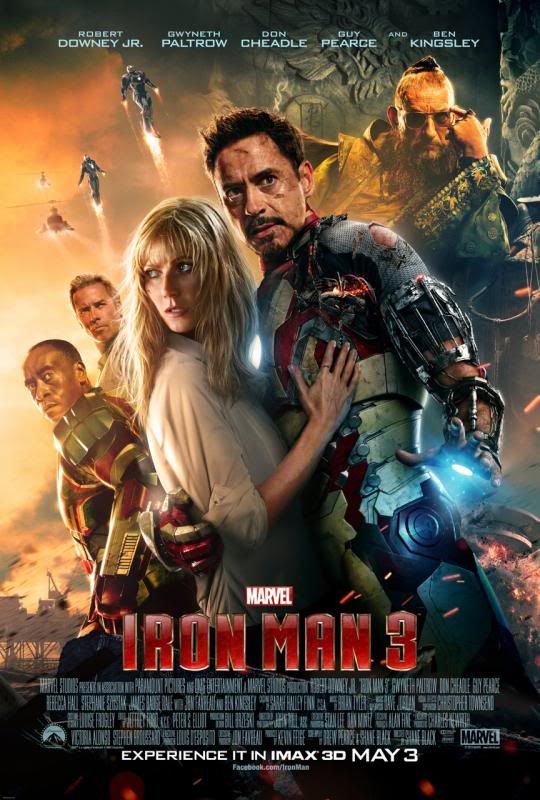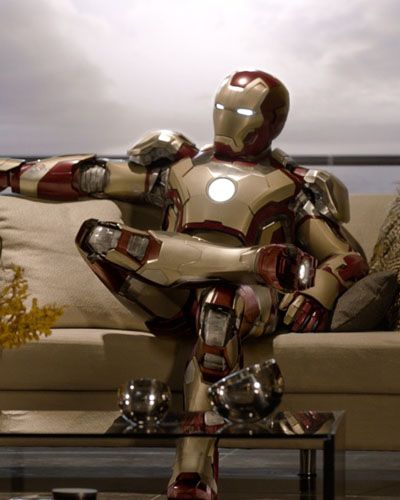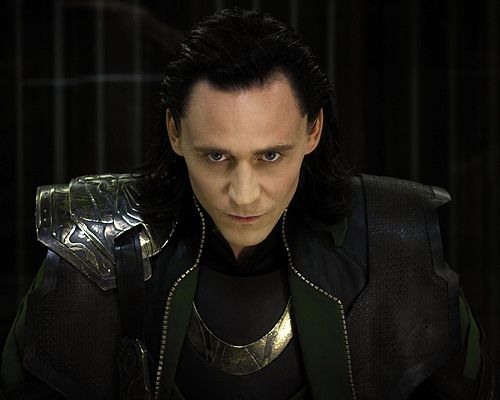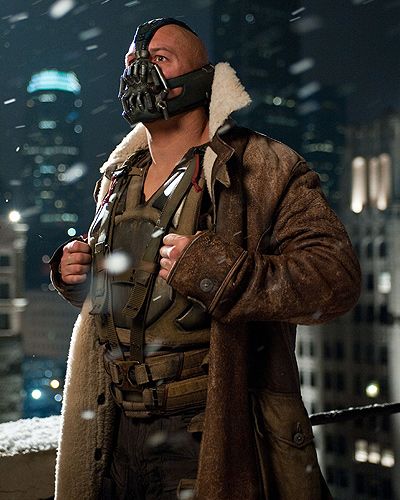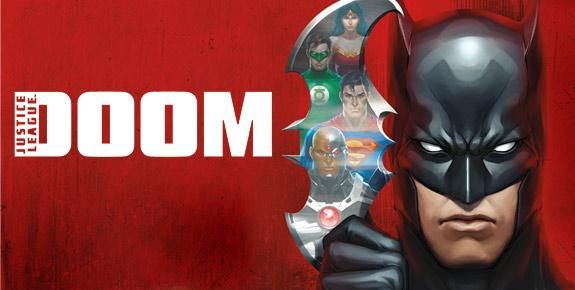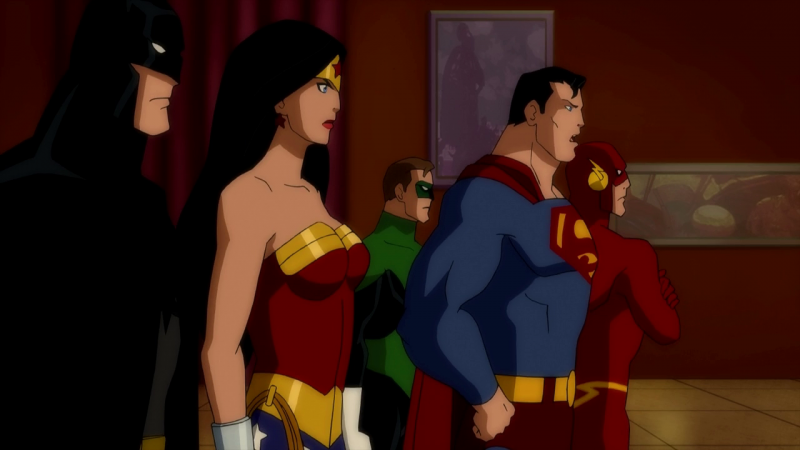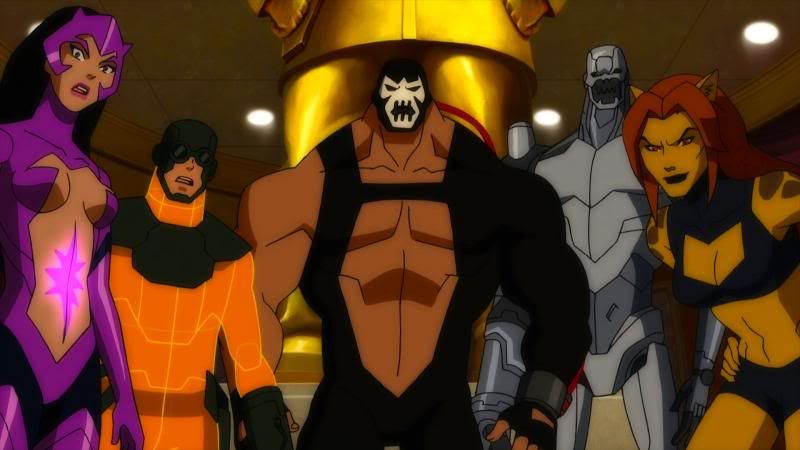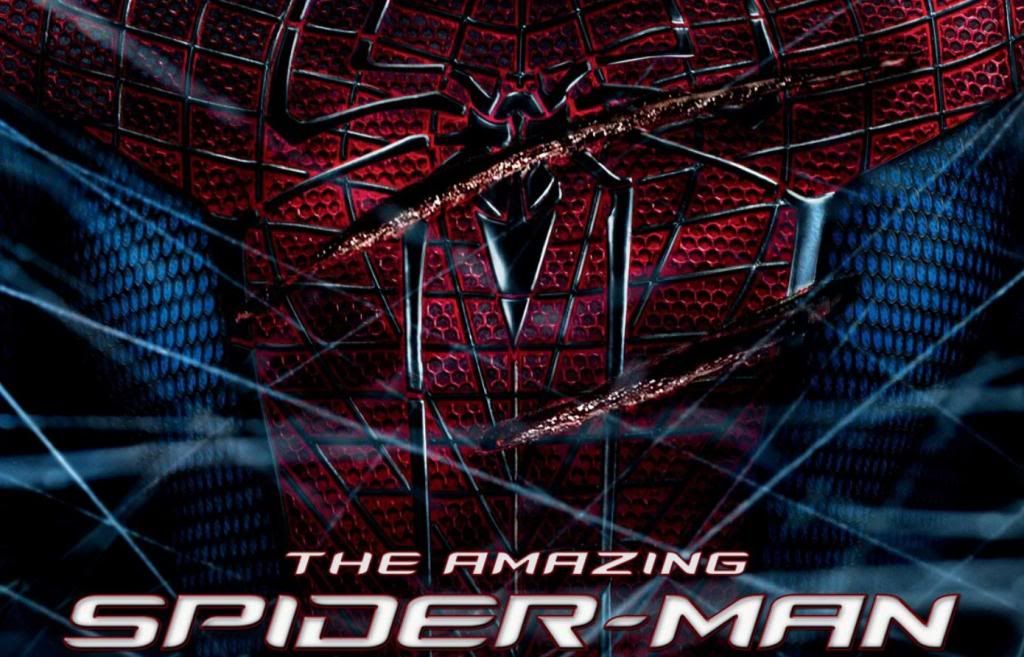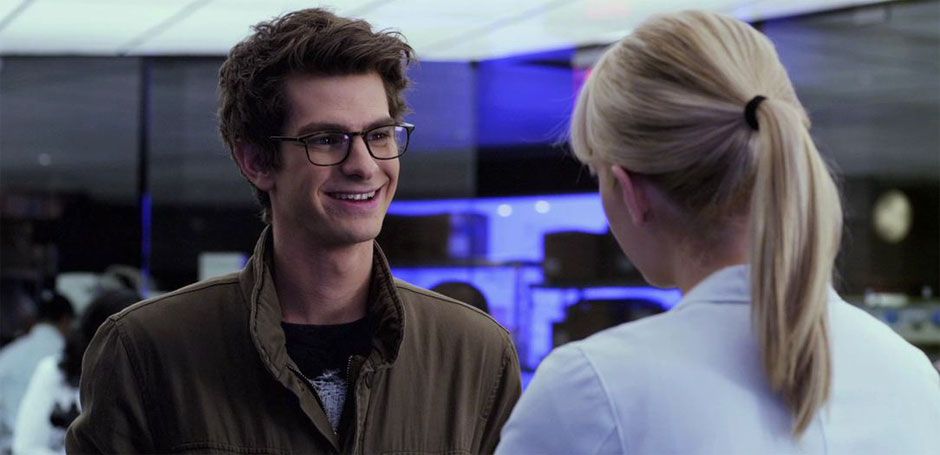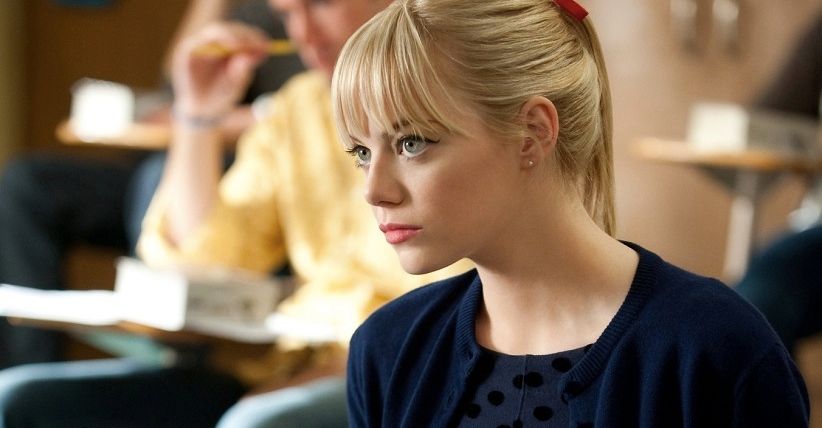
I rolled for the Terribleminds ABC meets XYZ challenge, and got “Game of Thrones” meets “Batman”. I’m not sure I stopped there.
Night falls on King’s Landing. I find another dog with its guts spilling into the street. This dog was a person, once. Someone’s son. Maybe someone’s husband. Once a human being, now a chilling corpse. Like this city. It once held wonder and potential. Now it is only death and misery.
So be it, I say. If this is how the city wants to rot under the Lannisters and their little product of juvenile lust, so be it. But innocents suffer too much. They watched loved ones rot and wither under the gilded heel of the lions. They cry out for justice, without saying a word, for fear of the blade of Ilyn Payne.
I’ve decided to answer them.
The rooftops of the city are where I roam. There was a time when the Lannister soldiers on constant patrol were a source of fear for everyone there who was not in Tywin’s keeping. For me, it had become a challenge to avoid detection every night when I slipped out through the hidden corridors built by the Targaryens. The libraries and hidden alcoves throughout the keep had given me the knowledge I used; late nights with needle and thread helped me craft the cloak and cowl that hid my identity.
It’s after two bells past the sunset that I find tonight’s prey. As much as the Kingsguard are supposedly on duty every hour of every day, they’re also supposedly celibate. Yet there was Ser Meryn Trant, making his way towards the house owned and nomially run by Petyr Baelish, the man they called Littlefinger. Trant knew better than to walk the streets in his pure white cloak and golden armor, but his swagger was unmistakable. Arrogance and smug superiority propelled his every step.
I cannot tell you how badly I want to kill him.
I wait until he was inside. I move and jump from one rooftop to the next, my steps sure and silent. The claws on my knees and palms carry me down the wall outside the house, and I peer into one room after the next. I finally find him, with two of Littlefinger’s girls. He sits near the bed, sharpening a dagger as he watches them undress each other. I can’t discern what he could be planning, but I decide immediately he won’t finish whatever depraved thought that fills his head.
As soon as he stands, licking his lips like a wild animal catching the scent of fresh meat, I kick open the window and enter the room. Trant turns towards me with a snarl. Before he can say anything, I am on him, one hand clamping his jaw shut, the other delivering a quick blow to his throat. The Kingsguard staggers back, still clutching his dagger. He’s moving towards his sword, even as he struggles to breathe. He is, however, off-balance, and I sweep his feet out from under him. As soon as he’s on the floor, my feet are on his chest and his own dagger rests at his throat, clutched in my gloved hand.
“Whoever you are,” he manages to snarl, “you’re dead.”
“When morning comes,” I whisper, “you’ll wish you were.”
He laughs at me before I bludgeon him with the dagger’s hilt. Something tells me that will be his last laugh for a while.
When they find him, hours later, he was strung up over a street in Flea Bottom. Stripped and left to cook in the morning sun, his fingers were all broken, along with his wrists and elbows and knees. He had been cut many times, the most vicious cut being the one that left him without his manhood. He is, however, alive. Death, after all, is a mercy, to hear the Lannisters tell it. I’m merely playing by their rules.
From the Hand of the King to the lowest urchin in Flea Bottom, everybody wants to know who had done this. Of course, when they find the message on Trant’s body, they come asking me.
But I am a mere, lowly prisoner here. I have been since Ser Ilyn Payne took my father’s head. I’ve spent so much time learning to avert my gaze and agree that my family are a pack of traitors that nobody’s noticed the time I’ve spent preparing for that night, and all the nights to come. I keep my eyes downcast. I pretend to fear the queen. I mask my disgust for Joffrey. I can still convince them that a prisoner is all I am, and that I am no threat to their plans, their gold, their precious throne. But I’m not without that streak of rebellion. I carefully hide any evidence I leave, seek out stray red hairs, keep my face concealed; yet part of me enjoys the game, the chase, almost daring them to confront me, so I can tell them what I really link of their house and what they’ve done to me and mine.
That is why, into Meryn Trant’s chest, I carved the words “BAD WOLF”.

